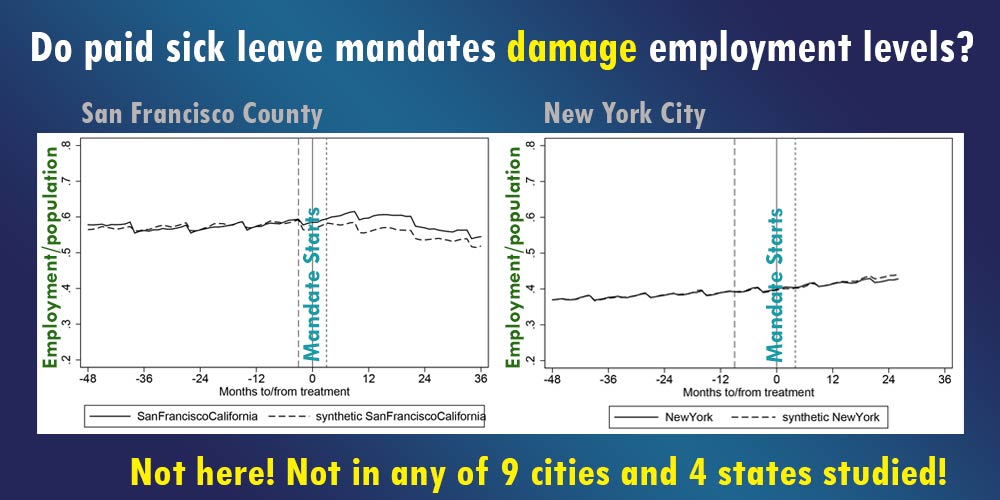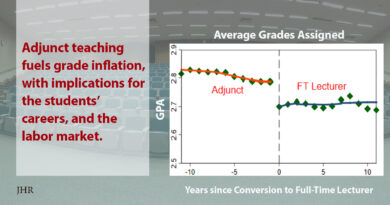Activation Programs—Do They Help Young People with Poor Labor Market Prospects Find Work?
In 2008, Sweden introduced a new “activation” program, the Youth Job Guarantee (YJG), to help unemployed youth find jobs though providing more intensive job-search assistance. The program targeted those younger than 25 who had been unemployed for more than 90 days. Caroline Hall, Kaisa Kotakorpi, Linus Liljeberg, and Jukka Pirttilä ask how well the program helped those who may face difficulties in finding work on their own, for example, because of low education, immigrant background, or poor health.
The team was able to assess the impact of the program by comparing the job-finding rates of under-25-year-olds to slightly older unemployed who are not eligible for the program. Preventing social exclusion is often a key motivation behind programs targeted at youth, but how well do such programs actually work for those with more challenges to finding employment?
They found that the program increased job-finding rates on average, but the effects are quite short-lived. Individuals who were in a relatively strong labor market position tended to react to the program by finding work simply to avoid the activation measures.
Unfortunately, the program does not appear to help individuals with weak labor market prospects. The findings suggest that activation policies do not always help those who are truly in need of assistance. Instead of training geared towards enhancing job-seeking skills, these young people are likely to need more thorough support, such as counseling, further education, and greater emphasis on improved health.
Read the study in the Journal of Human Resources: “Screening through Activation? Differential Effects of a Youth Activation Program,” by Caroline Hall, Kaisa Kotakorpi, Linus Liljeberg, and Jukka Pirttilä.
***
Caroline Hall is at IFAU and Uppsala Centre for Labour Studies. Kaisa Kotakorpi is at Tampere University and VATT Institute for Economic Research. Linus Liljeberg is at IFAU. Jukka Pirttilä is at University of Helsinki and VATT Institute for Economic Research. Twitter: @IFAU_ENG; @VATT_research
Funding from the Academy of Finland (Grant No. 252369), the Swedish Research Council for Health, Working Life and Welfare (FORTE, Grant No. 2011-1045), NORFACE (Grant No. 462-14-013) and the Yrjö Jahnsson Foundation is gratefully acknowledged.



